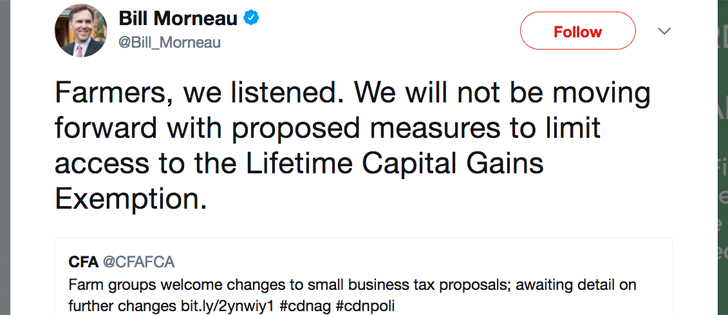Federal financial support of ethanol and biodiesel is coming to an end, as it should after helping create an appropriate-sized biofuel industry in Canada.
Government assistance was needed to get the industry on its feet, creating a new domestic demand for grain, lowering greenhouse gas production and creating rural employment.
However, industries should eventually survive on their own business acumen rather than government support.
So it was welcome news when agriculture minister Gerry Ritz said at the recent federal-provincial agriculture ministers meeting in Nova Scotia that he has no interest in the government pushing the biofuel industry to get larger.
Read Also

Late season rainfall creates concern about Prairie crop quality
Praying for rain is being replaced with the hope that rain can stop for harvest. Rainfall in July and early August has been much greater than normal.
He thinks agriculture in Canada does not support expansion of the federal biofuel mandates. The ethanol mandate is five percent of fuel and the renewable diesel mandate is two percent.
The federal ecoEnergy for Biofuels program will wind down in 2017 after committing funds to two dozen projects. It provided eligible producers of alternative renewable fuels with an operating incentive of up to 10 cents per litre of eligible production for the first three years of the program.
A flaw in the current situation is that Canadian biofuel production capacity falls short of filling the demand created by the mandate. The result is imports of biofuel, mostly from the United States.
Canadian biofuel plants still planned or under construction should narrow the gap, but monitoring will be necessary and the policy environment might have to be tweaked to ensure that the mandates are eventually filled mostly by Canadian production.
However, some American imports might always be possible. The industry there, helped initially by lucrative government supports, has more capacity than needed to meet its domestic mandate. There is a surplus of ethanol produced from corn, which is a cheaper feedstock than wheat.
Ritz seemed disappointed that more farmers did not invest in Canada’s biofuel industry. There are notable farmer projects, such as North West Bio-energy and Pound-Maker Ag Ventures, but the biggest players are companies such as Husky.
There are several possible explanations for the lack of farmer enthusiasm for investing. One reason might be recent failures of farmer investments in hog barns and cattle processing.
Also, you don’t need to be an investor to benefit from the grain prices support that biofuel provides. Farmers are also aware of how difficult it is for small agricultural enterprises to compete with multinational operators.
Perhaps they simply felt that the biggest bang for their investment buck would come from putting money into their own farming operation.
Regardless, Canada’s grain farming community appears satisfied with the state of the biofuel industry, at least judging by the interests of farm lobby groups, which choose to focus mainly on farm safety nets and trade issues.
Other governments are also retreating from biofuel support.
Policy makers in the European Union are moving toward capping biofuel production at about five percent of total transport energy consumption by 2020. The original target was 10 percent.
In the U.S., new biofuel developments have almost stopped since the government scrapped a blenders’ tax credit and the industry now has the capacity to easily meet the biofuel use mandate, which is 13.8 billion gallons this year and is capped at 15 billion in 2015 and beyond.
There is some bipartisan support for tweaking the mandate but not to end it, despite oil industry lobbying against it.
A gradual pull back is the best course in the U.S. to avoid the grain market chaos that would accompany a sudden reduction in corn ethanol demand.
















